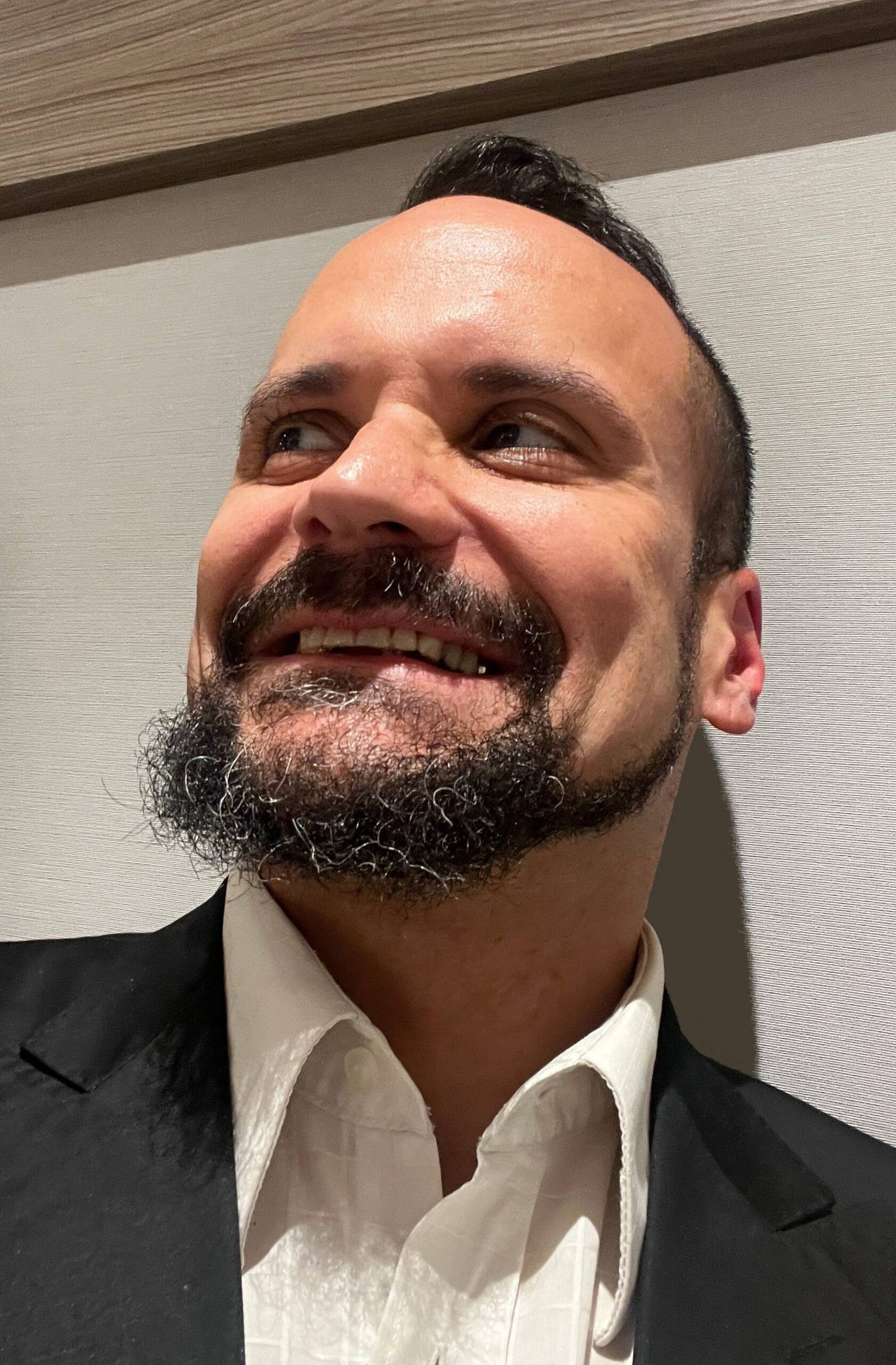




I wanted to be a filmmaker when I moved to the UK at the age of just 19, in the mid-1990s. I was very disappointed because I couldn’t pay for a film school. So I decided to study film theory instead. But I’m not a frustrated wannabe, who settled for a “lesser” career as a journalist. That’s because Abbas Kiarostami taught me how to pretend to be a filmmaker, and thereby rekindled my love for cinema.
I watched Kiarostami’s Close-Up (which he made in 1990) shortly after moving to London. This dirty gem opened my eyes, revealing the universal power of benevolent manipulation. This docudrama tells the story of the real-life trial of the cinephile Hossain Sabzian. He impersonated the also Iranian filmmaker Mohsen Makhmalbaf, conning a whole family into believing they would star in his new film. it features the people involved, acting as themselves. The film is a celebration of mistaken identity, living life through the eyes and the achievements of someone else. The sweet illusion of pretending to be something your’re not, and thereby becoming a masterful artist.
The film’s narrative is deliciously deceitful. Reality and fiction fuse together, and it is never entirely clear what has been concocted by Kiarostami, Sabzian or us the viewers. I then realised: if Kiarostami could manipulate communication and events to such outstanding results, so could I. The difference is that I do it with a pen (or a computer keyboard) instead of a film camera.
Kiarostami experimented with language in the most trivial and yet unexpected ways. There is urgency in the simplicity of his filmmaking technique. Throughout the years, he continued to hone and reinvent his tricks, first in Iran, then abroad.
He won a Palm D’Or for the frank and apparently artless Taste of Cherry (1997) – about a man driving through a city suburb looking for someone to bury him after he has died. He also won widespread acclaim with the minimalistic experimentalism of Ten (2002) – depicting conversations on explosive topics such as religion and divorce between a female driver and various passengers as she drives around Tehran.
More recently, Kiarostami has spread his wings outside Iran. In 2010, he directed Certified Copy, set in the Italian region of Tuscany, and starring the French actress Juliette Binoche and the British opera singer William Shimell. This film quickly became my Kiarostami favourite. It tells the story of two strangers who meet during a literary event and decide to pretend that they are lovers, just for the sake of it. They are soon so absorbed in their experiment, that it is difficult to tell whether they are strangers pretending to be lovers, or rather lovers pretending to be strangers pretending to be lovers. Nothing is as simple and straight-forward as it seems in Kiarostami’s world, and allowing us to join the pieces at our own accord is part of the reason why watching his films is such a personal and intimate experience.
His last film was the Franco-Japanese Like Someone in Love (2012), which has remarkable similarities with Certified Copy. University professor Takashi (Tadashi Okuno) pretends to be Akiko’s (Rin Takanashi) father, when in reality he is a client of the young sex worker. The difference from Certified Copy is that Takashi has a practical reason for pretending: he is helping Akiko to conceal her job as a prostitute from her jealous boyfriend.
Kiarostami’s cinematic move to Europe and then to Japan and his continuing experimentalism with mistaken identity suggests that the director was still at his prime, thriving with an unfathomable creative streak. The film of his life has prematurely finished at just 76 min… years! I’m sure he could have delivered another 10 or 15 minutes, and perhaps an unexpected twist at the grand finale.
Kiarostami’s legacy to the world of cinema is enormous, and he has profoundly affected me. When I write, I can now pretend that I’m British, Brazilian, Spanish, French or Japanese. I can also pretend that I’m educated, that I’m in love or that I have simply lost the plot, and then twist the narrative back. Pretending is a healthy survival exercise.
Let me now reveal the truth: I have never seen any of Kiarostami’s films and I had never even heard his name until his death was publicised yesterday. I just picked up information about his life and films on Wikipedia, reimagined own my life and then wrote this article accordingly. I feigned my love for Kiarostami. In fact, I don’t even know what came first, whether it was my love for cinema or my passion for writing. Perhaps I don’t even like cinema.
Likewise, Kiarostami hasn’t died. This is just his latest cinematic experience, his most radical one. He is teaching us how to value art in its entirety, and that it is perfectly ok to deceive viewers. Right now, he is smiling at us from Heaven, skillfully directing still, knowing that his legacy remains universal and indelible.
Thank you so much Kiarostami for hanging with us for the entire duration of this 76-minute docudrama!






